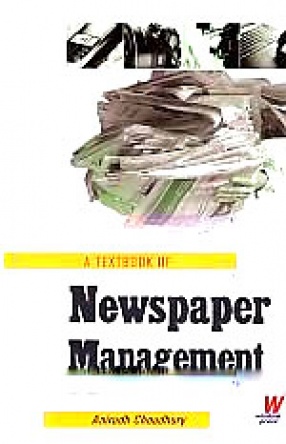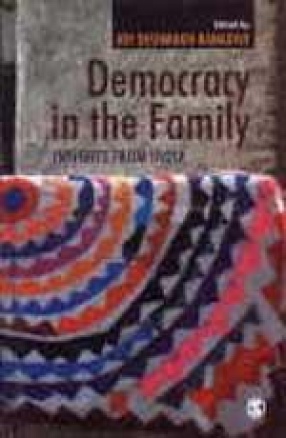David’s sling-and-stone fight against Goliath isn’t that far from Iraqi insurgents fighting against coalition forces. While the Department of defense (DOD) continues to build a high-tech American military to win wars against other, albeit secondtier, Goliaths, insurgents have adopted and are practicing sling-and-stone, low-tech, fourth generation warfare (4GW). These GW warriors rely on networks of people over networks of state-of-the-art, high-tech weapons. Colonel Thomas X. Hammes, USMC, explores the evolution and current practice of 4GW "DOD’s focus on high-tech drives its doctrine, organization, training, and education to teach people to take advantage of technology-not to think about, fight, and win wars," says Hammes. Just as the world has evolved from on industrial society to an information-based society, so has warfare. Information collection against today’s threats requires a greater investment in human skills. Technology by itself is not the answer. The U.S. defence establishment’s failure to address the importance of human knowledge over that of technology leaves us unprepared to deal with the kind of wars we are fighting today and those we are most likely to face in the future-fourth generation wars. The Sling ad the Stone explains why 4GW does not attempt to win by defeating the nenmy’s military forces. As we’ve seen in Iraq, "servicing targets" with firepower isn’t the answer. Fourth generation warfare. Is insurgency rooted in the fundamental precept that superior political will, when properly employed, can defeat greater economic and military power. It uses all available networks-Political, economic, social, and military-to convince the enemy’s political decision makers that their strategic goals are eighter unachievable or too costly for the perceived benefit. Via its networks, it directly attacks the minds of enemy decision makers to destroy the enemy’s political will. Not only is 4GW the only kind of war America has ever lost, we have done so three times: Vietnam, Lebanon, and Somalia. It has also defeated the Soviet Union (Afghanistan and Chechnya)and the French (Vietnam and Algeria). Arguably, $GW has been the most successful form of war for the last 50eyars. First defined by Mao, 4GW has evolved as each practitioner learned from his predecessors of co-combatants and refind its techniques. Faced with enemies they could not beat using conventional war, 4GW warriors sought a different path. The anti-coalition forces in Iraq, the Chechans and the al-Qaeda network are simply the latest to use the tactics ad techniques that have been developing for decades. "War has entered a new phase," says Hammes. Succeeded against superpowers should be a key element in discussing the evolution of war. Unfortunately, it has been largely absent from the debate within the U.S. Department of Defense." Answers to the "hows" of 4GW along with recommendation for corrective actions are found in this insightful study of the strengths and weakness of conventional military power. Sure to be controversial, The Sling and the Stone should help stir the debate at the Defense Department and throughout the national security community about what kind of military our country needs and what kind of combat America’s armed forces should be prepared to fight.
The Soldiers’ 2nd Innings
$39.60
$44.00





There are no reviews yet.